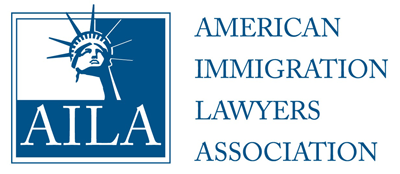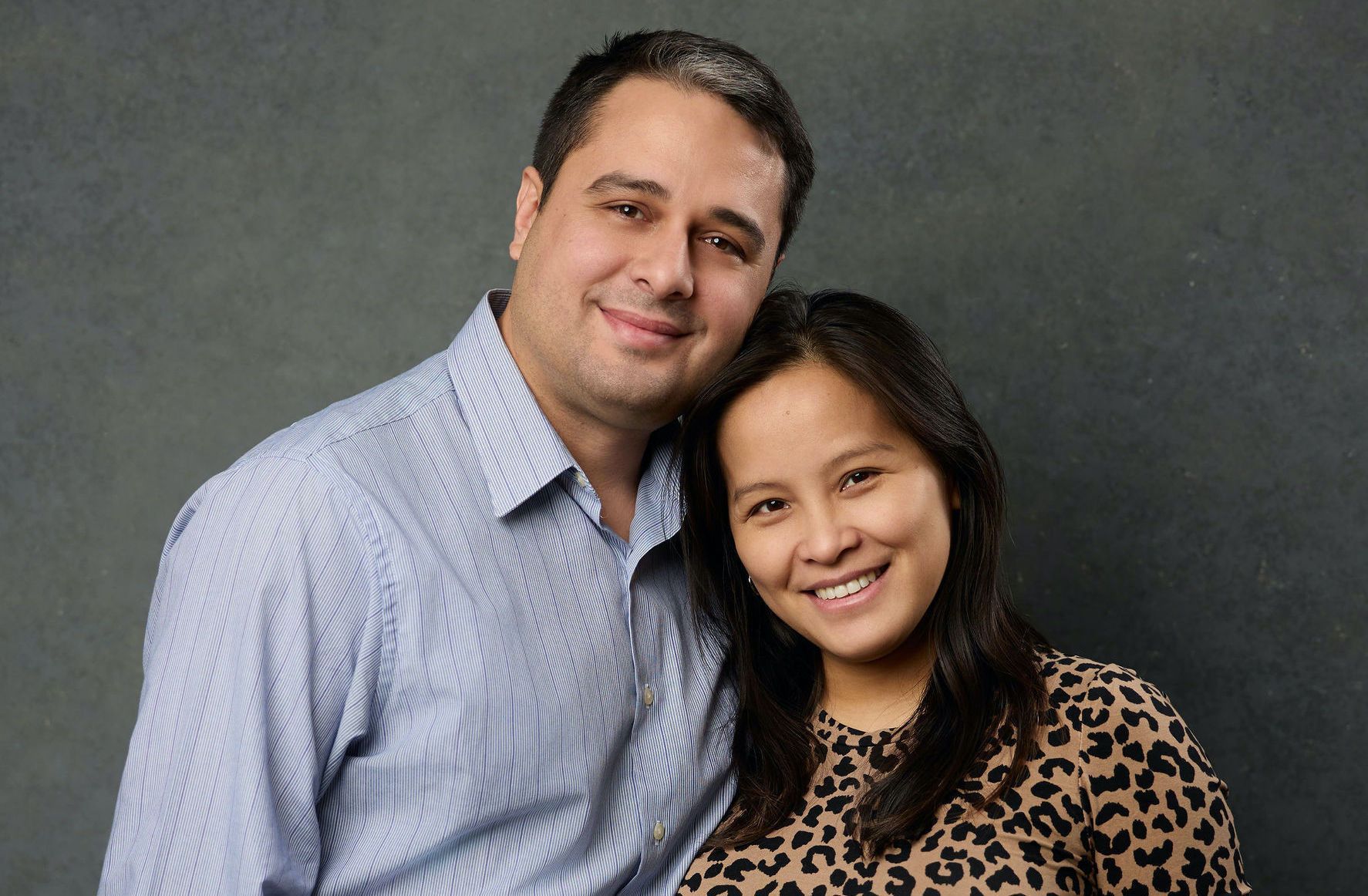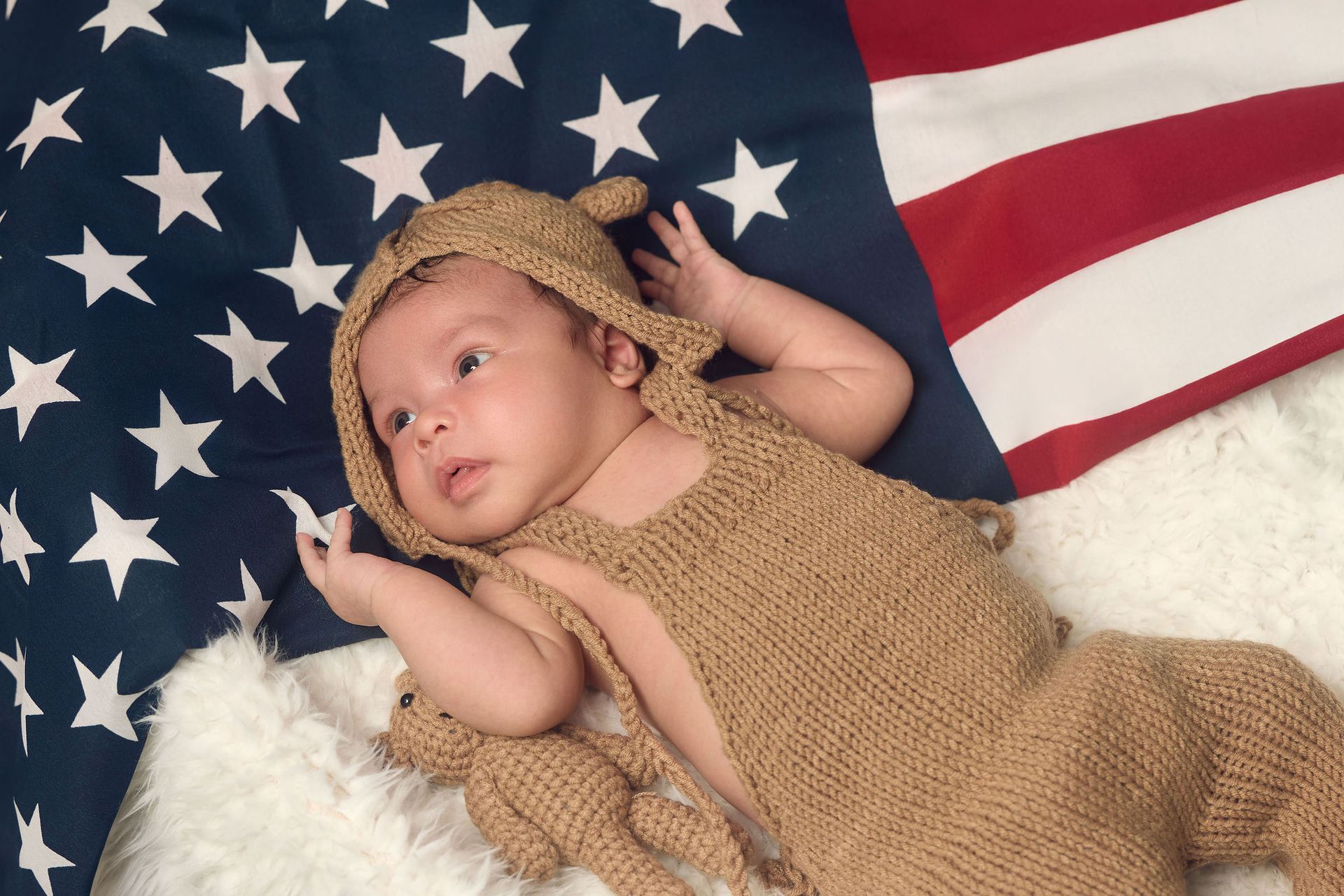The I-129F Fiance Visa process is generally the best way for a fiance to come to the United States and Marry a US Citizen. Many people attempt to use a tourist visa or ESTA/VWP to have the foreign fiance enter the US on a nonimmigrant visa, but can meet a denial for “immigrant intent,” “insufficient ties to the home country,” or “visa fraud.” Our related post may be beneficial if this thought has crossed your mind ( Link found here ).
Instead of worrying about being denied a nonimmigrant tourist visa, the K1 Fiance Visa allows immigration for the “Sole Purpose” of marrying a US Citizen. The K-1 Visa was made for fiances and it removes all worries and concerns that a tourist visa can cause. However, this post will not focus on that common topic, rather it will focus on how to prove that you have a loving, true, real, bona fide relationship to USCIS.
What does USCIS look for?
USCIS’s Review of the relationship focuses on two phases: (1) the dating phase and (2) the engagement phase.
First, there is no minimum amount of time that a couple must date in order to have a real relationship. A month might be enough time for a couple to realize that they are a great match for one another.
Second, there is no special engagement requirement. You do not need to provide an engagement ring to be engaged, nor does there need to be a romantic proposal. A nervous message, asking “do you want to marry me and come to the US?” is sufficient and common.
However, it must be noted, USCIS places a large weight on “evidence” when reviewing a fiance relationship. This is not necessarily a bad thing since fiance relationships are generally “long-distance” and a long-distance relationship generally has a large amount of evidence.
Now, with the groundwork established, let us consider the type of relationship evidence.
1. Plane Tickets to visit one another
The Plane Ticket is extremely important (bus tickets or driving receipts are also possible for Canadian and Mexican Fiance situations).
Meeting in person within the past 2 years is not only an I-129F requirement, it also shows commitment to the relationship and helps prove that the relationship is current, and progressing towards marriage.
Although expensive, multiple plane tickets/trips to visit one another is better. It helps show more commitment. If your relationship has multiple trips, all the plane tickets may be helpful.
2. Communication Logs
Communication is extremely important in a long-distance relationship, or any relationship really. Communication allows you to get to know the person you have fallen in love with. It is this communication evidence that generally helps people receive approval of the I-129F.
Common platforms/formats are:
- Phone Records for calls and text messages
- Facebook Messenger
- Whatsapp
- Wechat
- Snapchat
- Instagram
Whether it is a call log or a transcript, a couple should attempt to provide as much proof of communication as possible. As a reminder, evidence from both the dating and engagement phases are important to USCIS. So, if you have been dating for 2 years and just engaged last month, USCIS would like to see evidence of communication for the past 2 years. The more that can be provided, the better!
3. Photos
A picture says a thousand words. However, a photo may not be that common in a Fiance/Dating relationship / long-distance relationship. The more common photos are:
- Screenshots from video calls
- photos from the one or more times the couple met in-person
Some photos should be added to the filing to personalize or add a face to the name. At the very least, the photos taken during your in-person meeting should be provided as it does help establish the I-129F requirement.
4. Engagement Ring Receipt
The ring (or another meaningful gift) generally marks the transition from a dating relationship to an engagement.
Now, money does not equal love. A $200 and a $20,000+ engagement ring both show “commitment to the one you want to marry.” The cost of the ring is not important.
Rather, a “date of purchase” or “timestamp from an online ordering” can be beneficial to show when the relationship started to become serious. Again, USCIS likes to review both phases of the relationship: dating and engagement. The engagement ring, along with the proposal trip or communication, helps delineate the phase shift.
5. Pregnancy
Proof of pregnancy can also show a relationship has become serious. Not only would you be starting a life together, but also a family.
Although it may not be planned, it can be the pushing force to bring a Fiance to the United States.
Now, there are some fears from fiances in this situation. First, will the baby be a US Citizen? Generally, yes since the father is a US Citizen. Second, will the baby be born in the US? Possibly, but that depends on the processing time. Third, what if the baby is born abroad? The child can apply for a Consular Report of Birth Abroad ( More information on the CRBA can be found here
) or as a K2 Dependant.
6. Social Media Posts
Social Media is commonly used by younger individuals.
USCIS likes this form of evidence because social media posts are (1) time-stamped, and (2) can link the people present in the post or photo.
Although this type of evidence can also be present as a photo or under communication logs, if you have a separate social media that you post in, it can also be a benefit to prove the relationship.
Conclusion
Proving a Fiance Relationship is possible, and the relationship can normally have many types of evidence that would benefit the I-129F filing.
Whether you came across this post after receiving an RFE, requesting evidence to prove your relationship, or you are in the preparation stage prior to submitting the I-129F filing, we hope this post is helpful.
Rule of thumb:
The more evidence you provide, the better the filing will process.
Related Posts:
Disclaimer: This Blog is made available by the lawyer or law firm publisher for educational purposes only as well as to give you general information and a general understanding of the law, not to provide specific legal advice. By using this blog site you understand that there is no attorney-client relationship between you and the Blog/Web Site publisher. The Blog should not be used as a substitute for competent legal advice from a licensed professional attorney in your state.



















